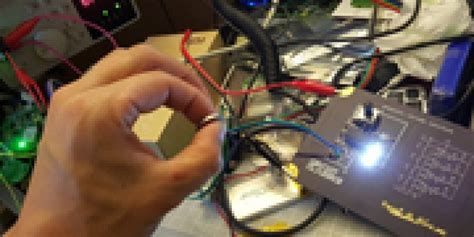
8 PCB Assembly Testings – An Overview of PCBA Test
Introduction to PCBA Testing Printed Circuit Board Assembly (PCBA) testing is a crucial step in the manufacturing process of electronic devices. It ensures that the[…]
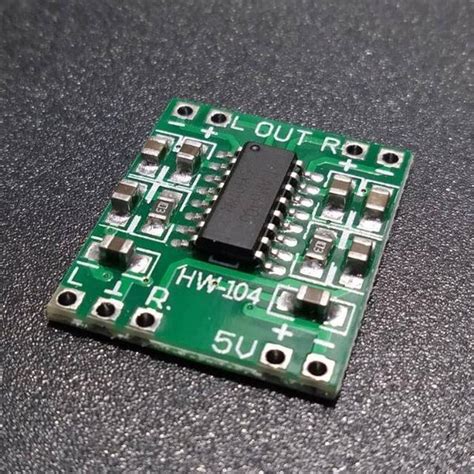
Pam 8403: Complete Guide on How to use it and More!
What is Pam 8403? Pam 8403 is a high-performance, food-grade lubricant spray designed for use in food processing and packaging equipment. It is a clear,[…]
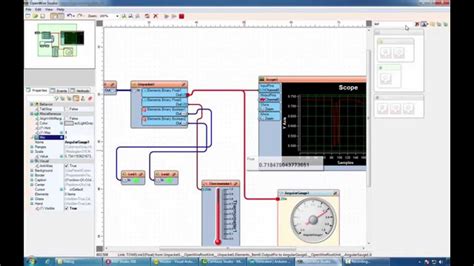
Software Serial Arduino: Everything You Need to Know
What is Software Serial Arduino? Software Serial Arduino is a library that allows you to create additional serial ports on your Arduino board using software[…]
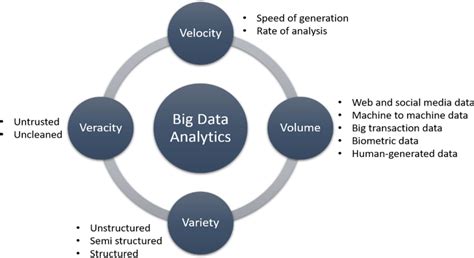
Bi-Directional Amplifier vs. Distributed Antenna System Solutions
Understanding Bi-Directional Amplifiers (BDAs) What is a Bi-Directional Amplifier? A Bi-Directional Amplifier, also known as a cell phone signal booster, is a device that amplifies[…]
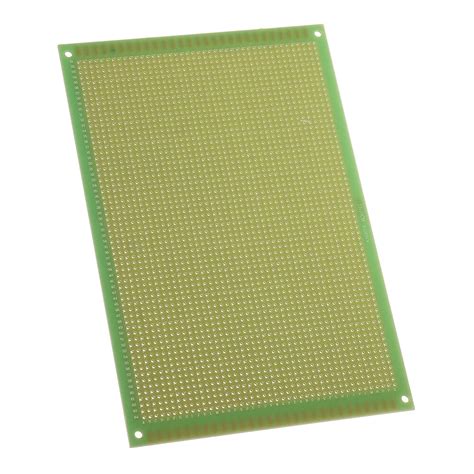
Glass PCB: Explained For Beginners
What is a Glass PCB? A glass printed circuit board (PCB) is a type of PCB that uses glass as the base material instead of[…]
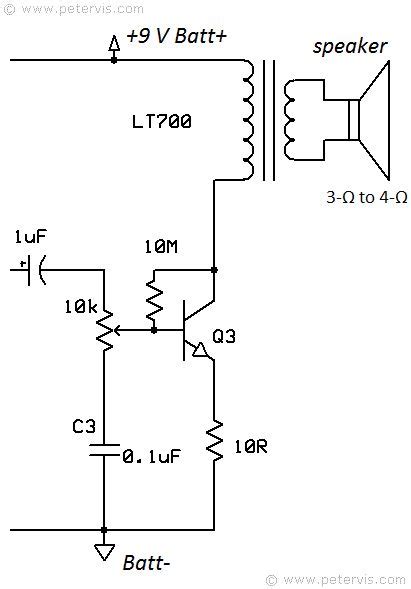
Transistor Radio: Guide on How To Build A Transistor Radio Circuit For Amateurs
Introduction to Transistor Radio Circuits A transistor radio is a small, portable radio receiver that uses transistors as its primary amplification device. Transistor radios were[…]
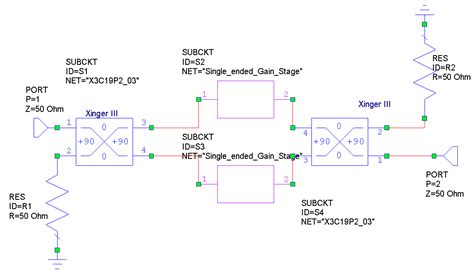
RF Amplifier – 5 Steps to Design an RF Amplifier
Introduction to RF Amplifier Design Radio Frequency (RF) amplifiers are essential components in many electronic systems, including wireless communication devices, radar systems, and medical equipment.[…]
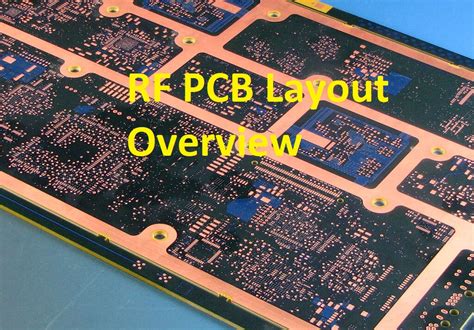
Round PCB: An In-depth Guide
Introduction to Round PCBs Round printed circuit boards (PCBs) are a unique and increasingly popular alternative to traditional rectangular PCBs. These circular boards offer several[…]
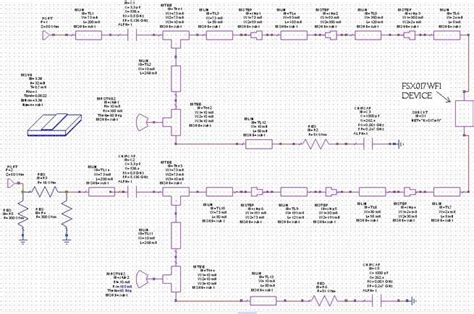
The Ultimate Application Guide for RF Amplifier Design
Introduction to RF Amplifier Design Radio Frequency (RF) amplifiers are essential components in modern wireless communication systems. They are used to increase the power of[…]
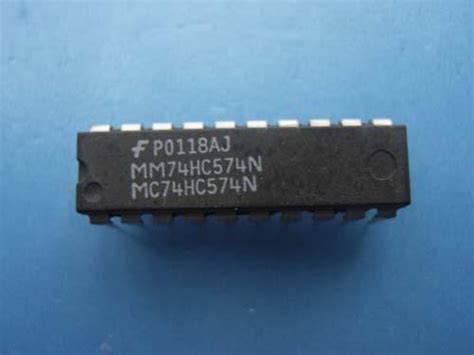
TTL vs. CMOS: Integrated Circuit Logic Families
What are Logic Families? A logic family is a group of electronic logic gates that share similar characteristics, such as voltage levels, speed, power consumption,[…]